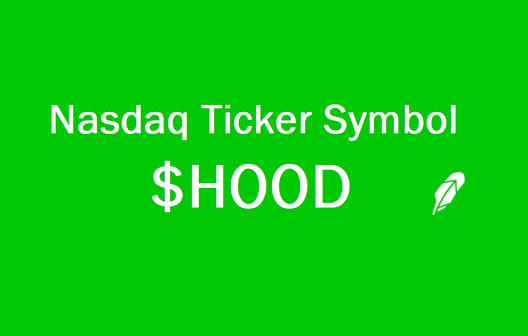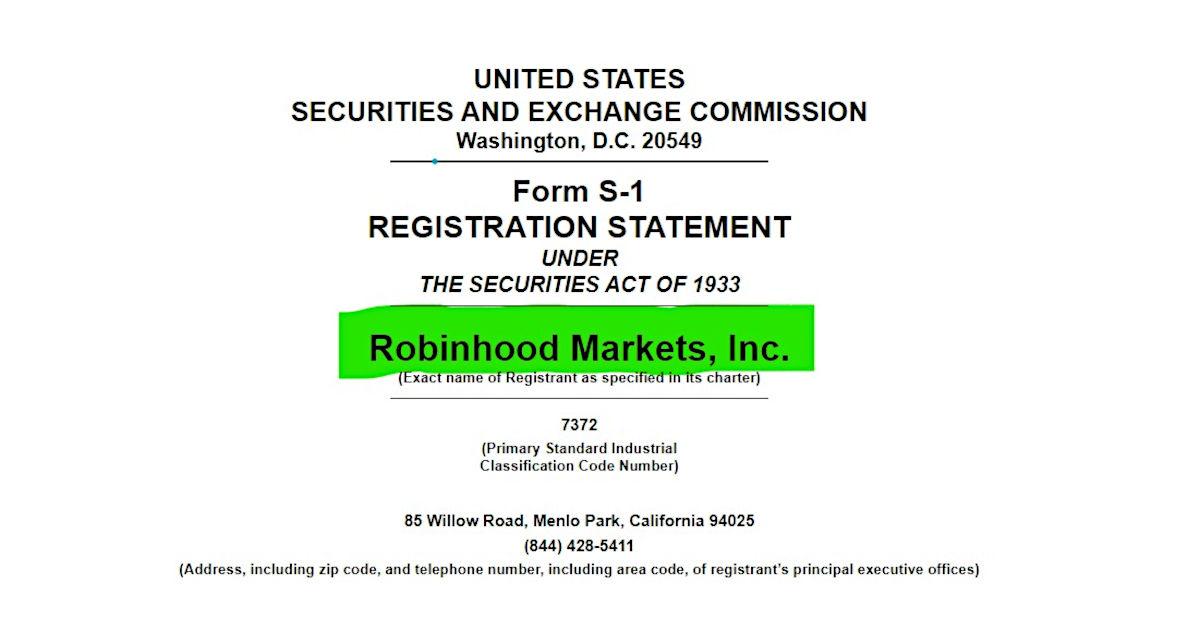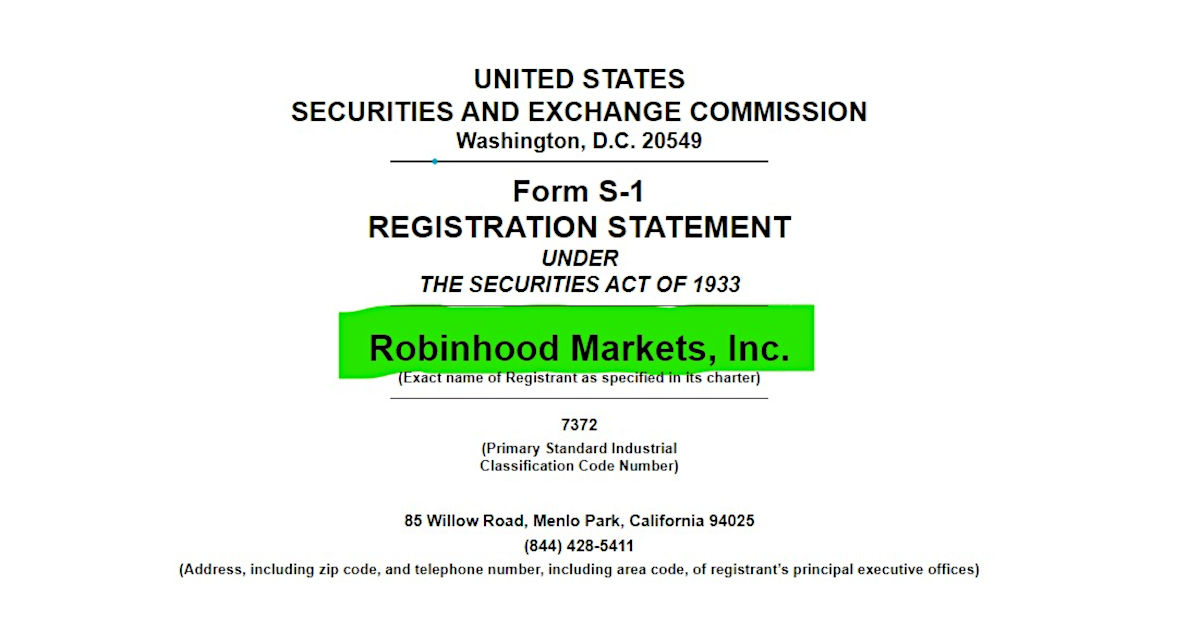Robinhood’s IPO Success or Failure Could Define the Rest of 2021
Robinhood is one of the most recognized names among Fintech disruptors, especially among investors. The company is scheduled to go public via Initial Public Offering (IPO) Monday (July 26). Then it will begin trading under the ticker symbol HOOD. This allows its customers, and the world, to bid up or bid down Robinhood’s value. The market buzz Monday is going to be mostly about Robinhood. Here is some “stay up to speed” background and details about the transaction. It covers basics to advanced numbers. So you can now be, the more informed co-worker at your watercooler chat (pronounced Zoom meeting), inject the most insight in talks with your investor friends, or just have an easier time deciphering Reddit and Stocktwit posts.
What’s an IPO?
An initial public offering is the most common transition process for a privately owned company to offer corporate shares that trade on open and public markets. It serves to allow private owners to sell all or part of their company and provides management with an enhanced ability to raise capital from public investors. It also allows public investors to own a stake in businesses they deem worthwhile.
Since an IPO is a step that usually provides the company with access to capital that may never exist by other means. This gives the company more options to invest and grow.
About the Robinhood Markets, Inc. IPO
Robinhood is one of the fastest-growing retail securities brokers in the U.S.
In an amended S-1 filed with the Securities and Exchange Commission (SEC), Robinhood provided details about its IPO. The company plans to list its shares on the Nasdaq Exchange using the ticker symbol $HOOD. They will offer 52,375,000 shares of stock, and expect an additional 2,625,000 to be sold by insiders.
Management expects shares to price in a range of $38 to $42. Investor appetite could alter these expectations. At the high end of this range, Robinhood would raise about $2.2 billion, equating to a rough valuation of $35 billion.
Trading Disruptor
Taken straight from its regulatory filing, Robinhood is on a mission “…to democratize finance for all.” The company made trading easier for the smaller transactions of retail investors by pioneering commission-free trades. Other brokers were forced to do the same. This not only dramatically changed the experience for investors, but it also changed the markets in that a huge barrier to entry was lifted. A round trip (buy and later sell) of a stock can be made without needing to factor in commission costs that often made small trades not worth trying. Over the past year, as people had free time on their hands and a stimulus check (or three) in their pocket, many turned to investing for the first time. Robinhood through smart marketing and perceived value became their broker of choice.
Robinhood’s fiscal year ended Dec. 31, 2020, reported revenue of $958.8 million, up 245% compared to 2019. This revenue growth led the company to become profitable — net income grew to $7.4 million, up from a loss of $106.6 million. Other performance indicators improved as well. As of March 31, 2021, the company reported monthly active users of 17.7 million, up 105%, relative to the prior year period. With this, the number of funded accounts rose to 18 million, up from 7.2 million. Robinhood’s assets held in custody grew to $80.9 billion, up more than 400%. For the three months ended March 31, 2021, revenue soared to $522.1 million, or 200% year over year. At the same time, its net loss was reported at $1.4 billion after a special situation. After a round of private equity fundraising in February, the company took a write-down in the fair value of its convertible notes and warrants, resulting in the large loss.
Preliminary second-quarter results suggest its pace of growth has continued. Robinhood is expecting revenue in a range of $546 million to $574 million, which would represent an increase of roughly 130% at the midpoint of its estimate, this would equate to a net loss of roughly $512 million.
For the three months ended June 30, 2021, Robinhood is estimating that its users have grown to 21.3 million, more than double the 10.2 million from the prior-year period. At the same time, the company estimates that its assets held in custody have tripled to $102 billion.
Who Wants to Get Involved in the IPO?
Robinhood is planning to set aside up to 35% of its shares to allow customers to participate in its IPO. Clients can request to buy shares at the IPO price through the app using Robinhood’s IPO Access feature. There are no guarantees as to whether all clients will be able to get filled on their interest.
If it follows the pattern of other IPOs, Robinhood’s stock price will be volatile when it begins trading. There will be a great deal of attention paid to this particular offering. Robinhood has a huge fanbase and almost all of them have trading accounts available in an app on their phone.
Take-Away
The tone of the market this week is likely to be set by the company that helped set the tone of the markets last year, Robinhood. HOOD is likely to become a well followed, closely tracked, perhaps volatile stock. Over time the performance of HOOD could become a harbinger for the health of the retail brokerage market. The activities on Monday, specifically the availability of access to an IPO by small trading accounts, will be paid attention to by everyone from Wall Street giants to first-time account owners.
Paul Hoffman
Managing Editor, Channelchek
Suggested Reading:
 Robinhood is Still Opening Doors with IPO
|
 Can Brokers Level the Playing Field for Individual Investors?
|
 Robinhood’s IPO is Likely to be a Big Focus This Summer
|
 Blockchain, Beverages, and Baloney
|
Sources:
https://www.sec.gov/Archives/edgar/data/1783879/000162828021013318/robinhoods-1.htm

